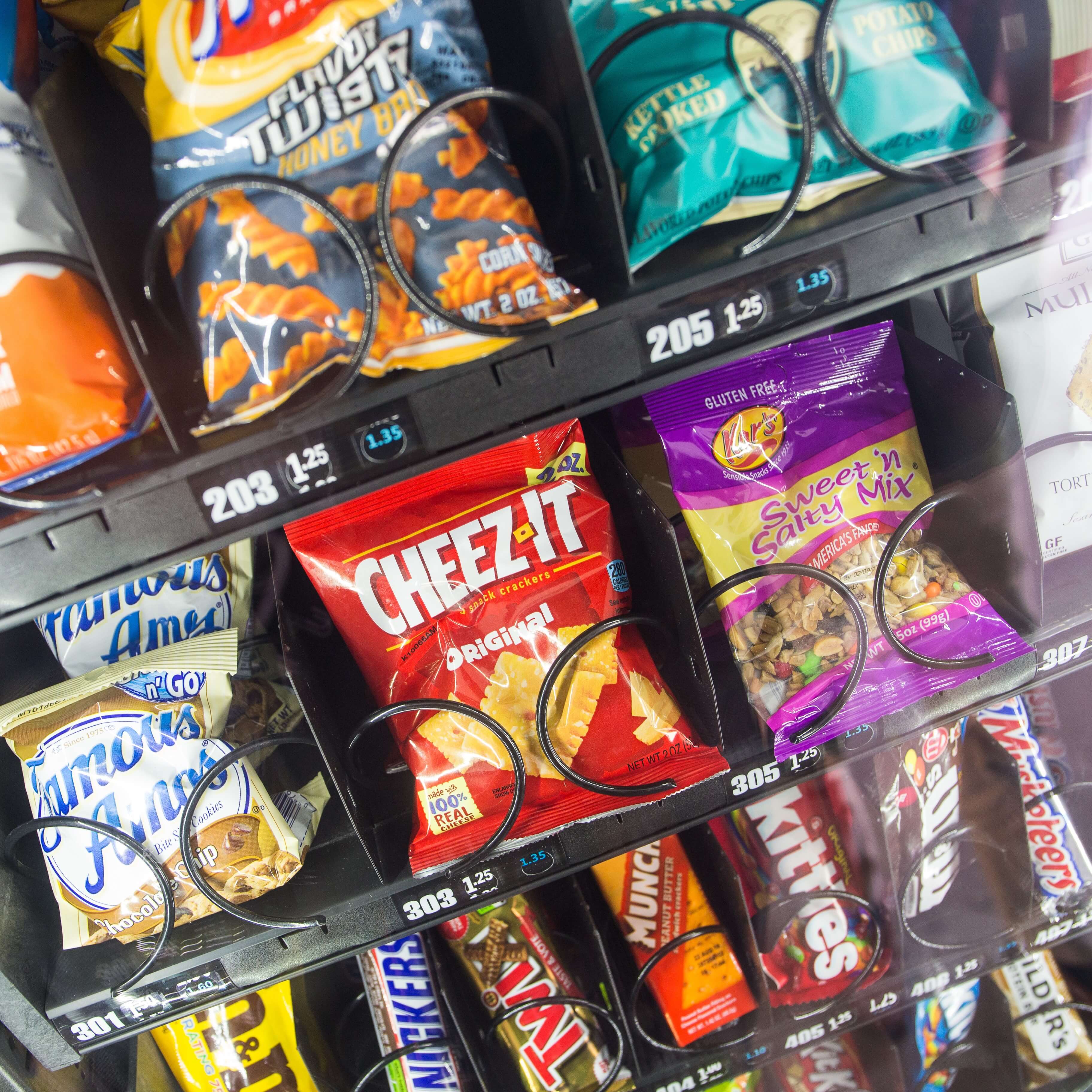
by Samantha Kennedy | Jan 26, 2018
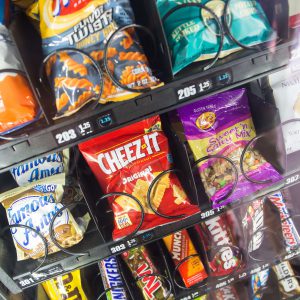
Convenient prepackaged snacks such as these can add extra salt, fat, and sugar to your diet. (Photo credit: Lyon Duong, UF/IFAS)
Snacks are an important part of a healthy, balanced diet. But not all snacks are created equal. All too often, we reach for the salty, sugary, prepackaged snacks like chips, cookies, and other sweets because they’re convenient and easy to grab and go. But be careful! Even if the portion size is small, these types of snacks can contain a lot of unnecessary calories. Even snacks marketed as healthy, such as trail mix, granola bars, and protein bars can contain added sugars and fats.
The Nutrition Facts label contains a wealth of information…if you know what you’re looking for. The number of total calories and calories from fat are listed at the top of the label. Ideally, snacks should contain less than 200 calories. Also, if the number of calories from fat is greater than 30 percent of the total calories, it may not be the best choice.
One of the biggest pitfalls when it comes to snacking is overeating. Snacks are meant to provide sustained energy to help keep blood sugar levels even throughout the day and to supplement calories and nutrients not provided by meals. They are not meant to be mini meals, so be careful of portion size. Check the label for what constitutes one serving and stick to it.
Prepare your own snacks instead of buying prepackaged convenience foods. Cut up fruits and vegetables and store them in snack bags that can be easily toted in your purse or bag. Keep small containers of nuts – preferably unsalted or lightly salted – in your desk or car for a high-protein on-the-go snack.
There are plenty of easy, delicious, and healthy snack choices from each food group. Here are a few examples:
Fruits: Bananas, melon chunks, apple slices, and orange wedges
Vegetables: Broccoli florets, carrot sticks, sugar snap peas, and zucchini sticks
Grains: Mini rice cakes, whole grain crackers, plain popcorn, and unsalted pretzels
Proteins: Nuts (e.g. walnuts, almonds, and pistachios), hard-boiled eggs, peanut butter, and pumpkin seeds
Dairy: Low-fat yogurt, string cheese, milk, and cottage cheese
Need more help with snacking healthy? Here are some terrific resources from the University of Florida IFAS:
“Healthy Eating: Sixteen Savory Snacks” – https://edis.ifas.ufl.edu/pdffiles/FY/FY70500.pdf
“Healthy Eating: Smart Snacking” – http://edis.ifas.ufl.edu/pdffiles/FY/FY70800.pdf
“Healthy Snacking” – http://edis.ifas.ufl.edu/pdffiles/FM/FM43900.pdf
“Raising Healthy Children: Promoting a Positive Feeding Experience” – http://edis.ifas.ufl.edu/pdffiles/FY/FY139700.pdf
by Heidi Copeland | Dec 2, 2017
 Recently, in what I thought would be a quick Saturday errand, I got stuck in traffic. It took me a moment to realize that the holidays are upon us.
Recently, in what I thought would be a quick Saturday errand, I got stuck in traffic. It took me a moment to realize that the holidays are upon us.
According to the National Retail Federation (NRF®), from Thanksgiving Day through Cyber Monday, more than 174 million Americans shopped in stores and online during the five-day holiday weekend, beating the 164 million estimated shoppers from an earlier survey. In fact, shoppers spent $1 million a minute on Black Friday and about $6.6 billion in total on Cyber Monday. The NRF® also found that consumers, both young and old, were spending more than last year, with both groups using the internet to browse for the best deals.
While it appears many consumers can spend unrestrained during the holidays, a lot of consumers find the holiday season stressful. Holidays require a lot of planning, and of course time and money.
A sensible way to approach the holiday season is to decide up-front what best fits the path you want to take. Come up with a plan, make a list (check it twice), and then stick to it. You will be amazed at how this simple list trick can relax you and make your holidays more enjoyable and less stressful.
The American Financial Services Association Education Foundation has some useful ideas for using a holiday spending plan. First, create a holiday budget that is feasible for you, and be sure to include all the incidentals from decorations to wrapping materials. Next, prepare your list(s), then do your homework. There is a lot of competition for the consumer’s money, and searching the web not only for information but also for the best deals can help you stick to your budget and save some money (Example: some stores honor other store’s pricing).
Other ideas to help stay within your budget this holiday include:
- Draw names with set limits on gift giving (Example: Aunt Marge – $15.00)
- Make a gift (Example: Cranberry muffins)
- Provide a service (Example: tackle a chore for a friend, neighbor, or loved one)
- Switch to giving gifts of experience (Example: tickets to an event) The gift of experience can be both practical and educational, and moreover, memories are worth more than stuff!
Try not to get bogged down by holiday spending this holiday season. I encourage you to create a plan, write up a list (check it twice) and stick to it. You will be glad you did!
The University of Florida Extension/IFAS – Leon County is an Equal Employment Opportunity Affirmative Action Institution.
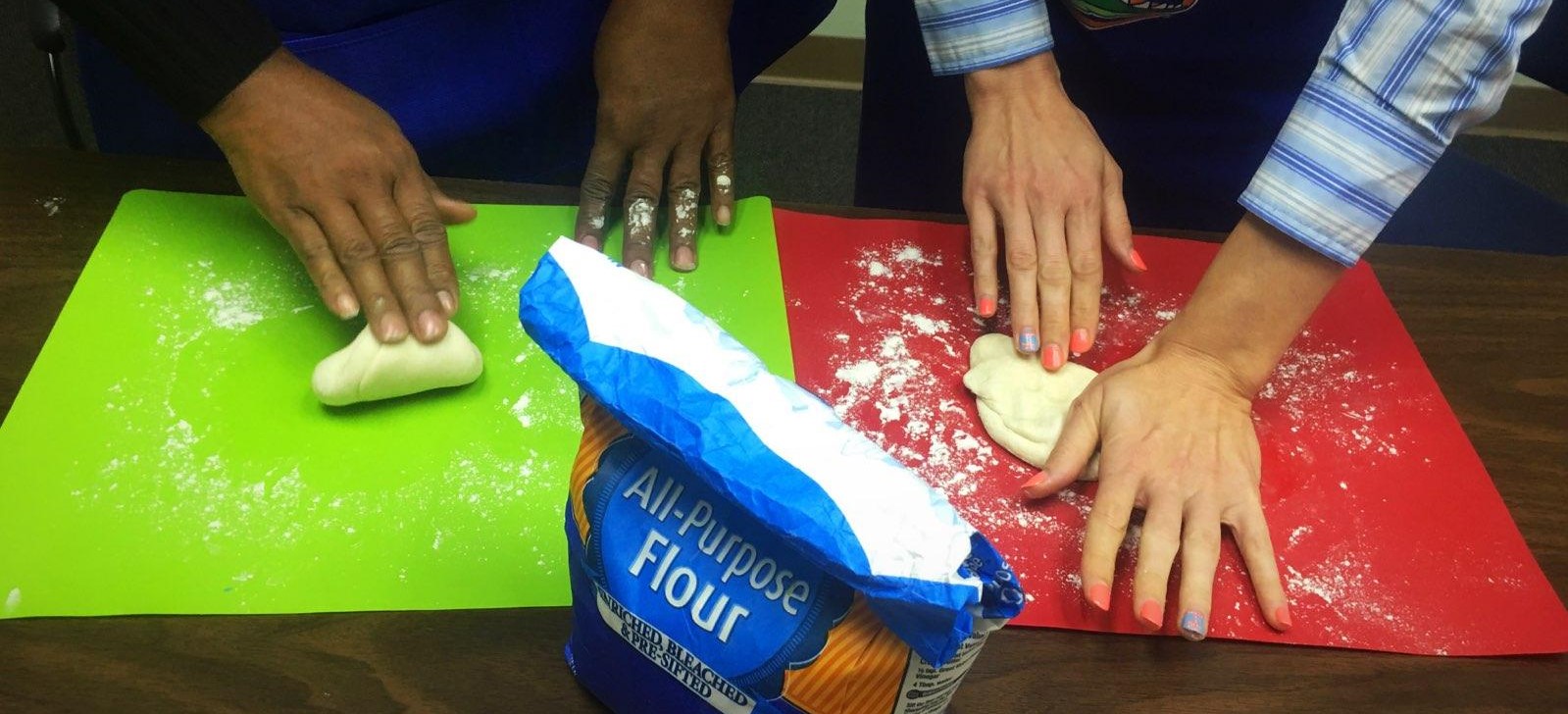
by Angela Hinkle | Nov 20, 2017
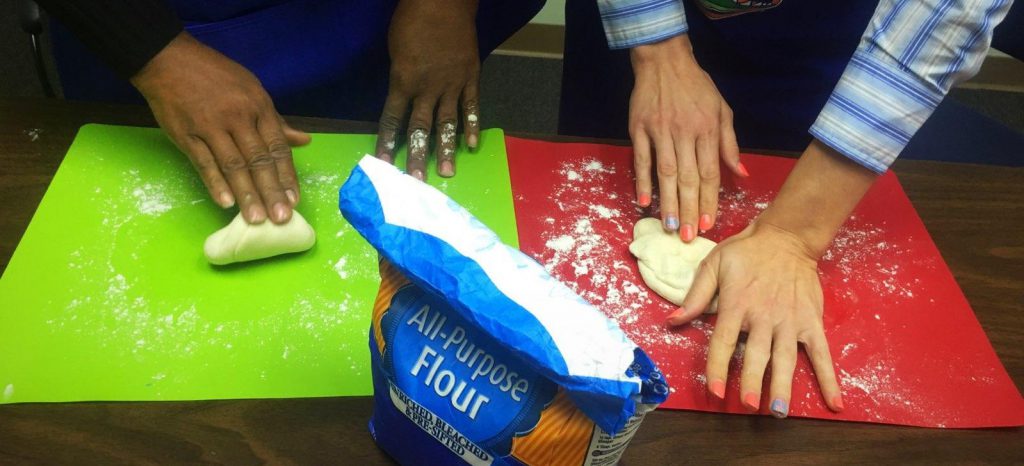
Kneading Dough
Photo credit: Angela Hinkle
One of the most beloved smells across cultures and classes is baking bread. It brings about associations of home and comfort – even among folks who have never even experienced baking bread at home! The tactile experience of touching, folding, and pushing dough – or kneading – is considered by many to be one of the most pleasant touches in the world. Kneading dough is important in making bread and rolls light, airy, and chewy. (After all, who wants flat, tough bread?) But kneading dough and baking bread also has evolved into a type of therapy that social workers and psychologists use in workshops – similar to art therapy. If you use your own kitchen, you don’t even have to go to a workshop.
Making, baking, and breaking bread together is a great way to build bonds and a sense of home and warmth. Generally speaking, when we prepare food, our hands help us to create an increased sense of self-esteem and confidence. The kneading and baking of bread in particular helps to unlock or spark our creativity. The repetitive pressure your hands release when kneading a batch of bread dough also can release some of the frustrations we face in a day. Kneading and baking allow us to mindfully do something productive (though it may actually seem to be mindless). And when you’ve finished, you end up with a great edible reward for you and those with whom you share your bread blessings.
To calm your nerves, purposefully create and prepare a wholesome food, and increase your daily positivity, knead some dough and bake a loaf of bread today. To get started, try King Arthur Flour Hearth Bread (aka “The Easiest Loaf of Bread You’ll Ever Bake”); click on https://www.kingarthurflour.com/recipes/hearth-bread-recipe .
Kneading is something many of us need. Maybe you’ll even help a friend in knead.
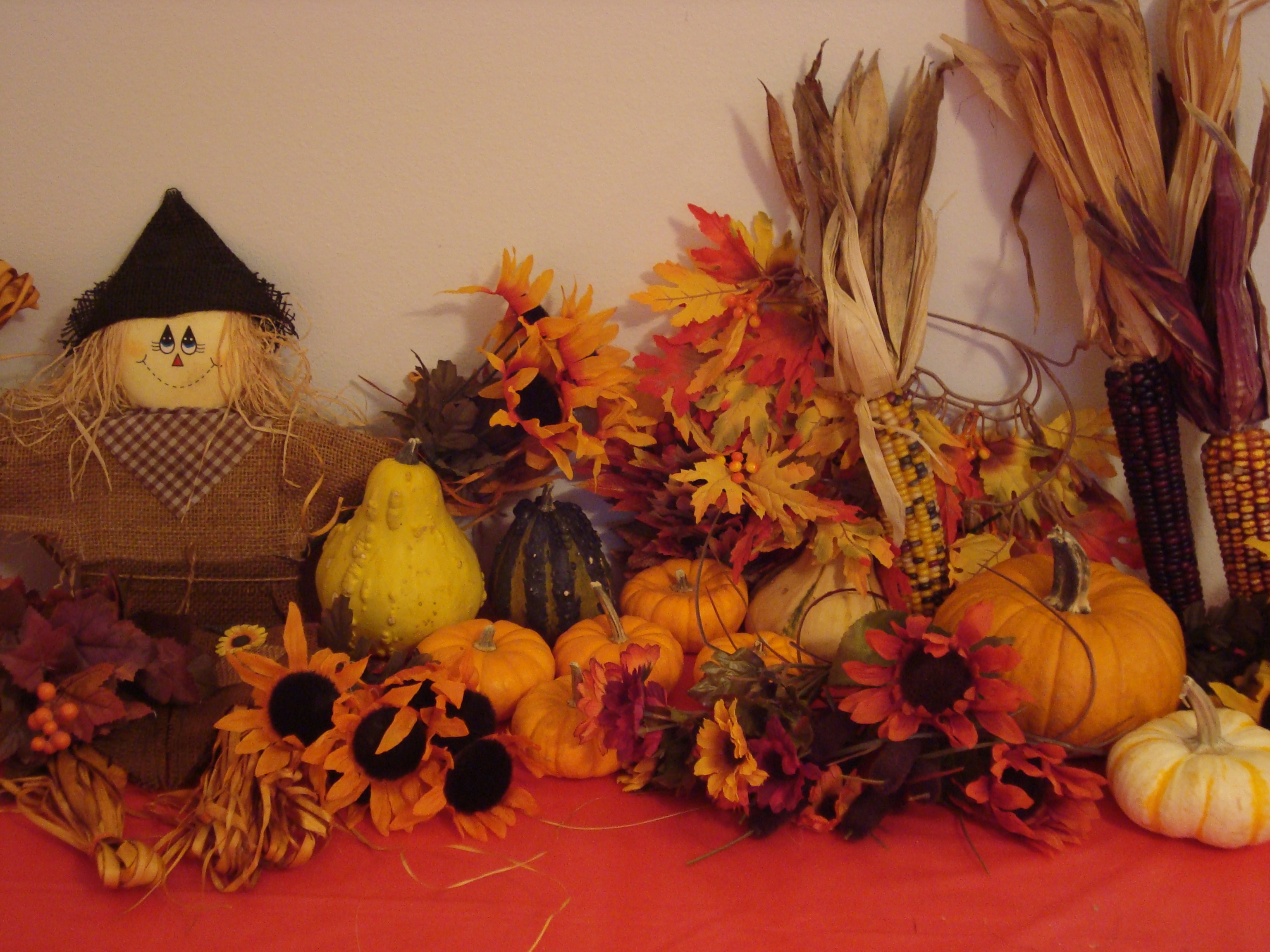
by Angela Hinkle | Oct 27, 2017
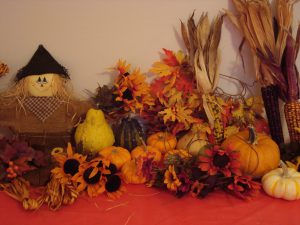
Favorite Fall Things
Photo Credit: Angela Hinkle
Fall is my favorite time of year. Let me share with you a few of my favorite Fall things to help explain why.
- Walking my dog in the heat of a summer morning is like trudging through a bowl of warm chowder. But with the cooler autumn mornings arriving, we become invigorated and feel like taking longer walks to add steps to the pedometer on my hip. Let’s hear it for more physical activity! For walking tips, check out cdc walking counts.
- Just think about all of those yummy, nutrient-dense foods available this time of year – peanuts, sweet potatoes, and squashes and gourds in a variety of shapes, colors, and sizes. See Florida Panhandle Produce in Season for seasonal produce in the Florida Panhandle.
- Okay, so leaves don’t really change color a whole lot when fall weather hits the panhandle of Florida. But I have this great tree outside my office window. My horticulture agent says it’s a Bald Cypress. This time of year, I get to see it change leaf colors from green, to golden yellow, to burnt orange. Simply beautiful. Look around your neighborhood to see what bounty of colors you can find.
- Though you will not find me wearing any shade of orange or deep yellow (those are definitely not in my color palette), I do cherish all the oranges, deep reds, purples, and yellows found in the flowers, pumpkins, scarecrows, and decorative corn stalks. Perk up your area with some fall color. Dollar stores have lots to pick and choose from.
- I’ve had my DNA tested. I am, in fact, 41% Sicilian. My holidays can therefore start with Columbus Day, work their way through the fun of Halloween, the respectful honors of Veteran’s Day, and through Thanksgiving with a myriad of Fall Harvest Celebrations sprinkled in between.
To get you in the Fall mood, try this simmering potpourri recipe. Let me know if you like it and be sure to share with family and friends some of your favorite fall things.
Favorite Fall Stovetop Potpourri
Add any or all of the following ingredients to a small pot: ground cinnamon, cinnamon sticks, orange peelings, ground ginger, whole cloves, ground cloves, vanilla extract, and almond extract. Add enough water to fill pot to rim. Then put the pot on the stove top at lowest setting. Add more water as necessary. Enjoy!
by Dorothy C. Lee | Oct 26, 2017
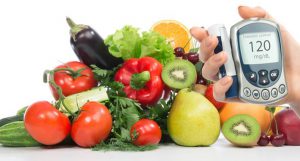 Some 30 million Americans have been diagnosed with diabetes this year. How will their lives be affected? Diabetes does mean some big changes but you may be surprised how much diet flexibility remains.
Some 30 million Americans have been diagnosed with diabetes this year. How will their lives be affected? Diabetes does mean some big changes but you may be surprised how much diet flexibility remains.
The human body is a marvelous machine, made up of many complex systems. When everything runs smoothly, we are “healthy”. Diabetes is an example of what happens when things don’t work exactly as they should. People with diabetes cannot properly use glucose, also called blood sugar, the cells energy source. Some people make no insulin, which regulates blood glucose by helping it enter the cells. Other people produce too little insulin, or have trouble using the insulin they make, or both.
The exact cause of diabetes is unknown, but if you have a family history of diabetes, you are at great risk. The ADA estimates that almost half of all people with diabetes don’t know they have the disease. Some people ignore their symptoms until they have medical complications.
Some of the warning signs of diabetes may be symptoms of excessive thirst, unusual hunger, slow healing of infections, constant urination, blurred vision, weakness and fatigue. Recurring of these symptoms may signal the need to consult your physician.
A diagnosis of diabetes doesn’t’ have to mean dietary deprivation and boredom. The key dietary words are; low-fat, high-fiber, low-sodium, well-balanced and reduced sugar.
Exercise is another important factor in diabetes management for two reason. Active people have an easier time losing weight which is important for controlling glucose levels. Exercise also promotes the cells ability to use glucose, which in turn reduces the amount of glucose in the body to more favorable levels.
Stress reduction is an important part of a wellness program. Feeling stressed out, uptight, and edgy strains the entire body. We may not have control over the sources of stress in our life; therefore, change the way you react to life’s stressors. Physical exercise is one of the best stress reducers. Don’t take on more than you can handle. Use support systems, reach out to family and friends.
Diabetes affects many people and can have very serious consequences, but the good news is that your health habits can help prevent diabetes or reduce its impact on your health. A healthy lifestyle can help reduce the risks of disease that are often a complication of diabetes.








